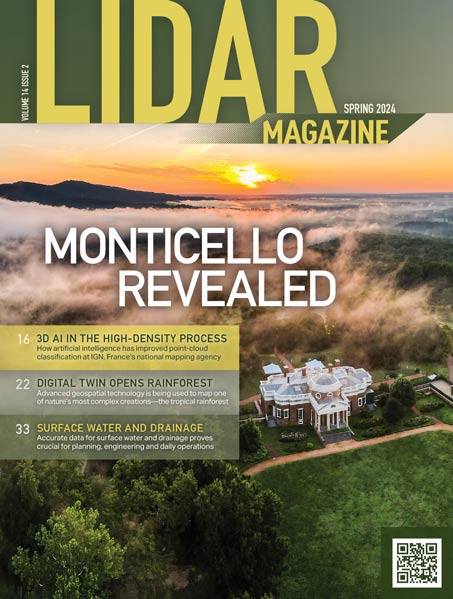The DARPA Robotics Challenge recently announced the list of competitors for the 2015 DRC Finals in June. While most of the teams are backed by universities such as MIT and Virginia Tech or by industry leaders such as Lockhead Martin and NASA, one dedicated underdog team made the cut.
Team Grit is a self-funded amalgamation of volunteer professional engineers and students and professors from Colorado Mesa University. They work nights and weekends in a space donated by the Grand Junction Business Incubator. Their friendly looking robot Cogburn impressed judges at the 2013 semi finals with its 34 electric servo motors that enable it to walk and use both arms and hands. Cogburn, who is made largely of 3D printed plastic, sees with a low cost Hokuyo UTM30LX lidar donated by AutonomouStuffon top of its head.
Says AutonomouStuff founder Bobby Hambrick, When we were approached by Grit to donate the sensors, we couldnt resist. These guys are putting their blood sweat and tears into this project because they are passionate about the future of robotics. Unlike many of the other teams who are very well funded and have a team of well paid engineers. Theres a big difference between doing things for passion and doing things because you are being paid. Our business was founded on a similar passion; now its our turn to give back to those who share it. Autonomoustuff is committed to help supply them with the tools they need to compete.
Says Harbrick CEO Josh Hartung, Were so excited for Grit to compete and show off their achievements. Weve provided them with software options and support, but this team has really pulled themselves up by their own bootstraps. Wed love to see Cogburn take home the $2 million grand prize with our PolySync operating system.
The international competition is a real boon to robotic technologies. The 25 teams must make their robots complete a series of tasks including driving, using stairs, and manipulating a saw. The idea is that techniques used at the competition will drive forward the development of robots that can function in disaster zones and other dangerous environments.
